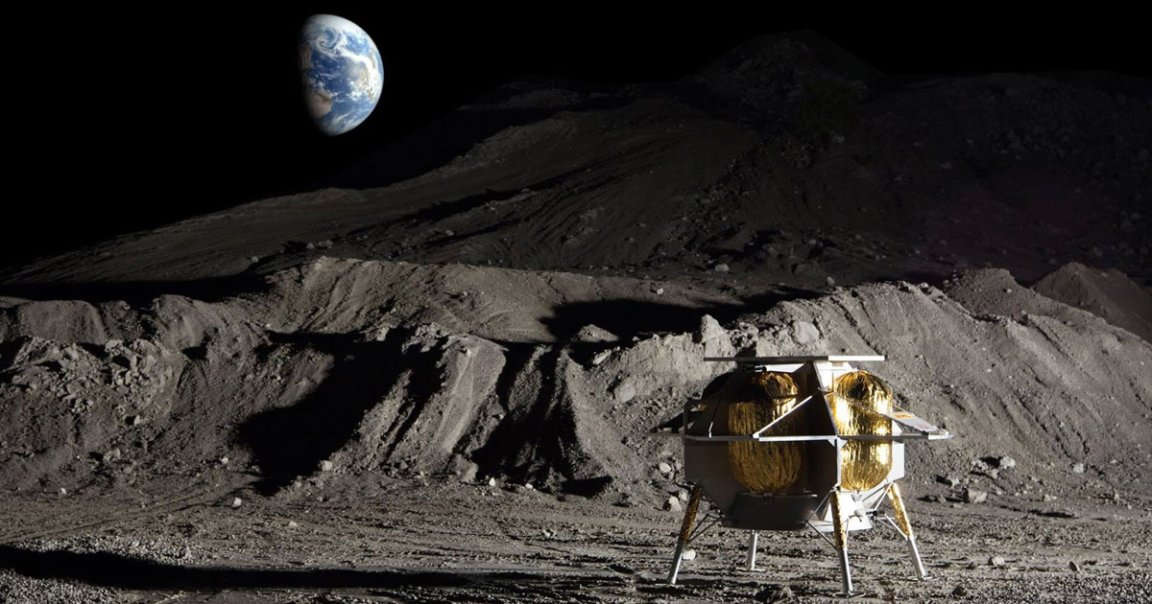
Texas-based space company Celestis has been shooting cremated remains into orbit for many years now.
During its first flight back in 1997, the company shot the remains of “Star Trek” creator Gene Roddenberry and scientific visionary Gerard O’Neill, the physicist behind the space habitat design known as the O’Neill cylinder, into Earth’s orbit.
Celestis’ customers can have a wide variety of motivations for having their remains blasted into space. The New York Times recently profiled seven individuals who’ve contracted Celestis for their space memorials.
One particularly free-spirited physics professor, 86-year-old Kenneth Ohm, had an unusual reason for having his DNA — and not just his cremated ashes — delivered to the Moon’s south pole during an upcoming Celestis mission.
Ohm is hoping future civilizations could eventually open an “intergalactic zoo with a Ken Ohm in a cage,” per the report, or even a “swarm of thousands of reconstituted Ken Ohms spreading across the universe.”
“I’m living with the uncertainty,” he told the newspaper.
Of course, we should take Ohm’s tongue-in-cheek suggestions — which sound like they were inspired by an episode of “Rick and Morty” — with a big grain of salt.
On a certain level, though, the idea of safekeeping DNA samples for the perusal of future civilizations, whether terrestrial or extraterrestrial, isn’t as crazy as it may sound.
We’ve already found ways to clone animals using their DNA. Sure, we’re not talking about exact replicas of a recently deceased pet — or a physics professor for that matter — but the concept of cloning humans, ethical and moral implications notwithstanding, isn’t distant science fiction.
Other individuals profiled by the NYT have more romantic goals by having their ashes sent into space, like NYC fire fighter Daniel Conlisk, who told the paper he wants his remains to be sent into space alongside his wife, who’s already been through years of gradually worsening cancer, or aerospace engineer Jeffrey Woytach, who grew up watching the Apollo missions on TV and wants some of his ashes to make it to the lunar surface.
But when Celestis will make it back there remains to be seen. The company’s first “lunar memorial service,” NASA’s Lunar Prospector mission, launched in January 1998, impacting the lunar surface inside a permanently shadowed crater roughly a year and a half later. The capsule carried parts of the remains of noted planetary geologist Eugene Shoemaker on board.
The space burial company’s lunar follow-up, the Tranquility memorial spaceflight, is now closed for reservations but still doesn’t have an official launch date.
The capsule, a partnership with Astrobotic, developer of the Peregrine lunar lander, is meant to land in the northeastern part of the Moon after being launched by the United Launch Alliance’s Vulcan Centaur rocket, which is scheduled to complete its maiden test flight on this year’s Christmas Eve.
“The Celestis memorial capsules carrying cremated remains and DNA will remain on the lunar surface as a permanent tribute to the intrepid souls who never stopped reaching for the stars,” the company’s website reads.
More on Celestis: Rocket Carrying Cremated Remains Explodes Seconds After Launch